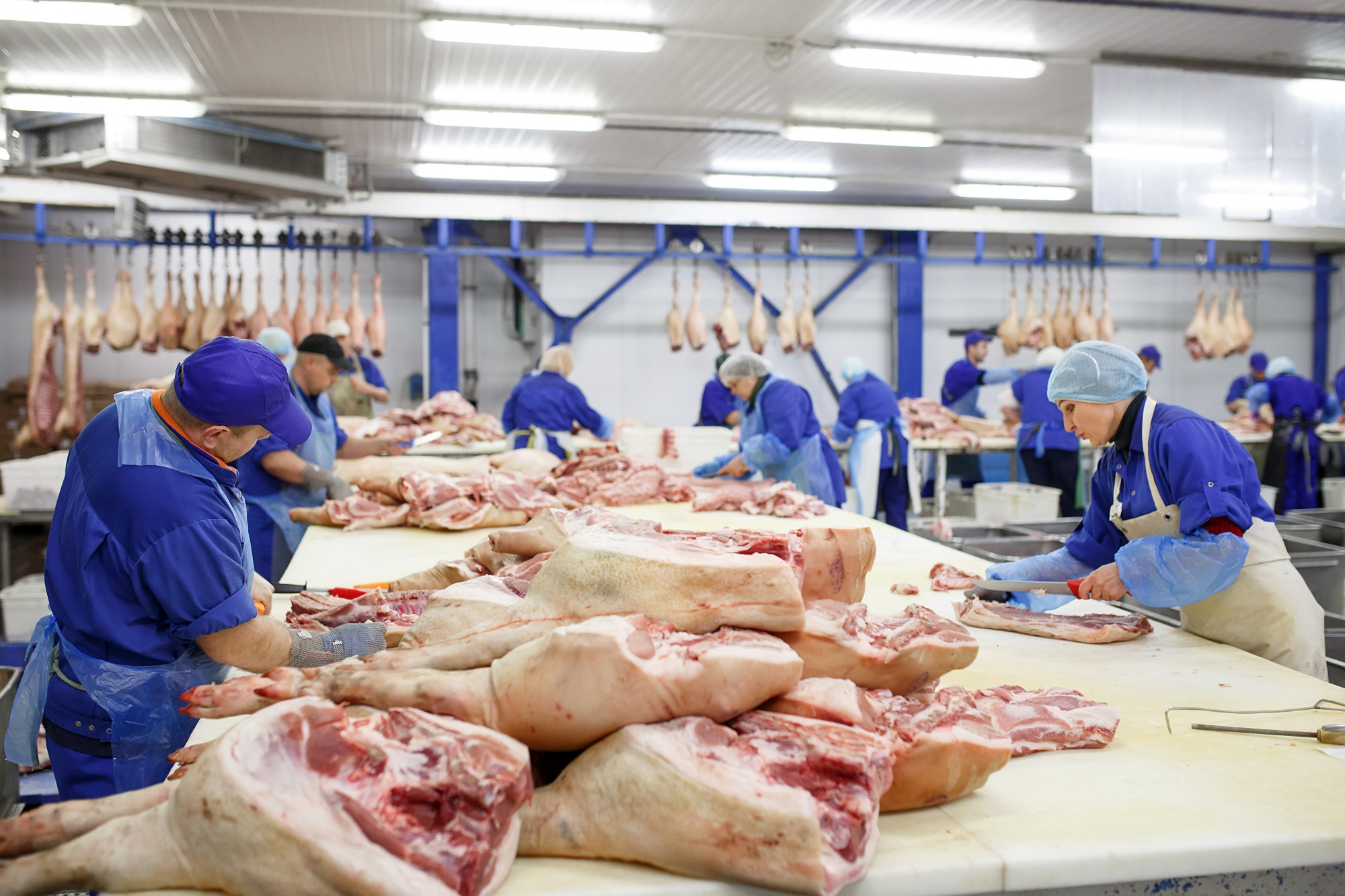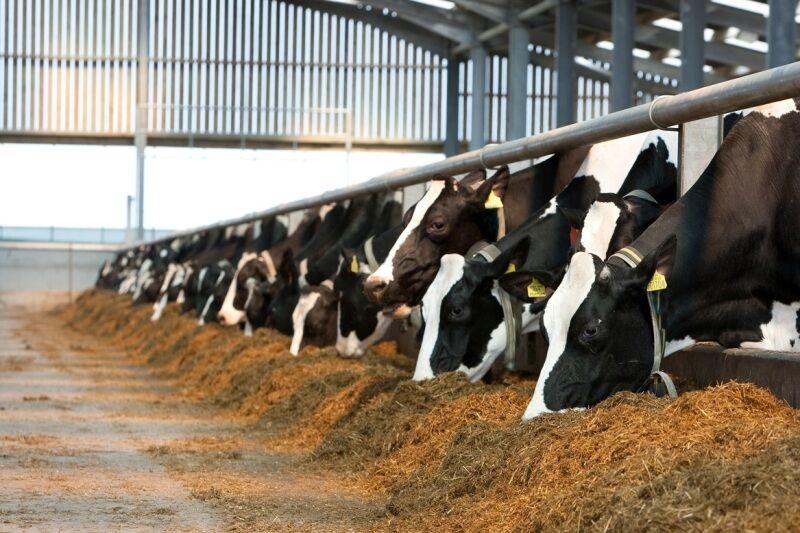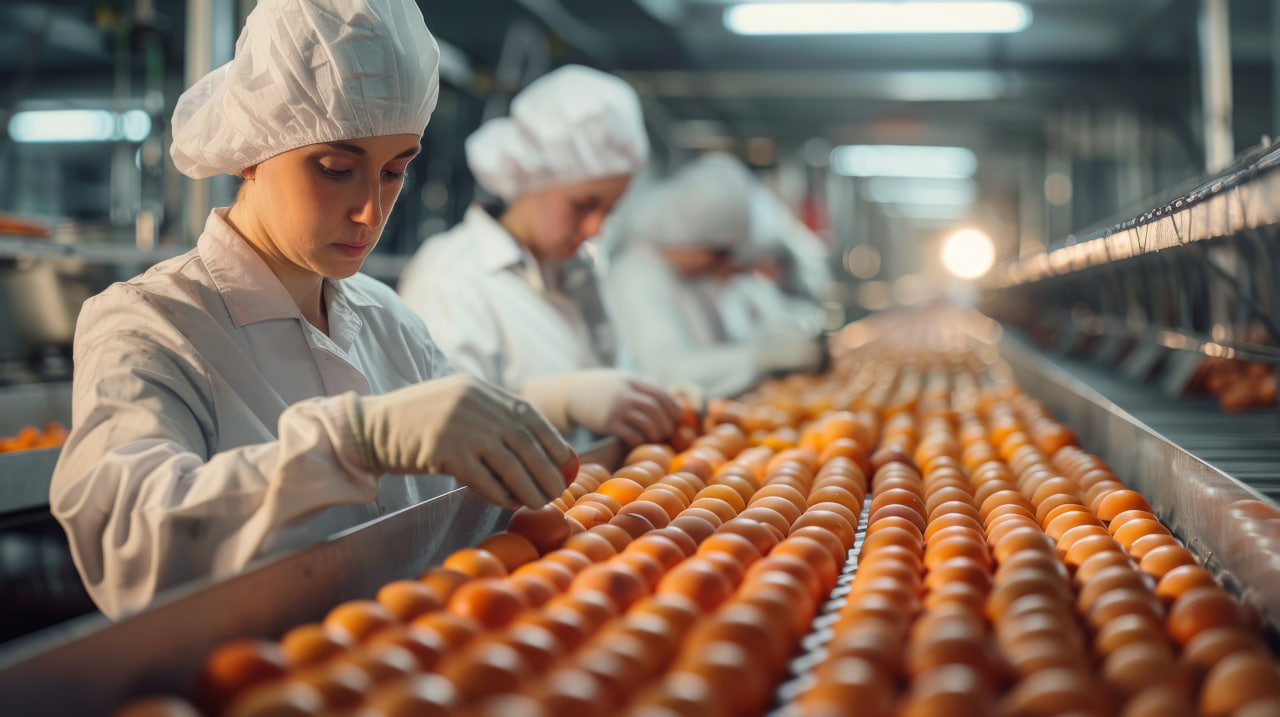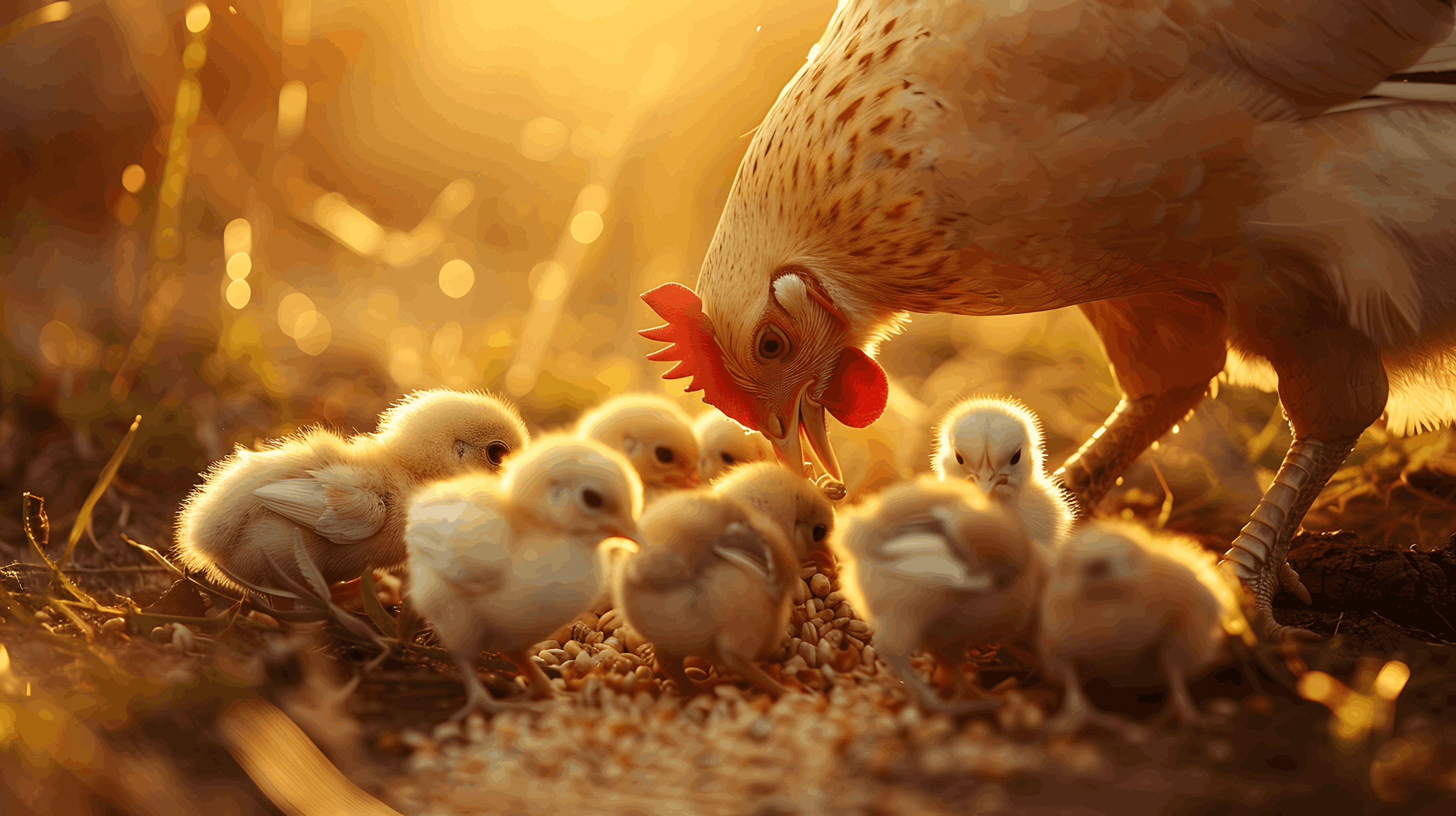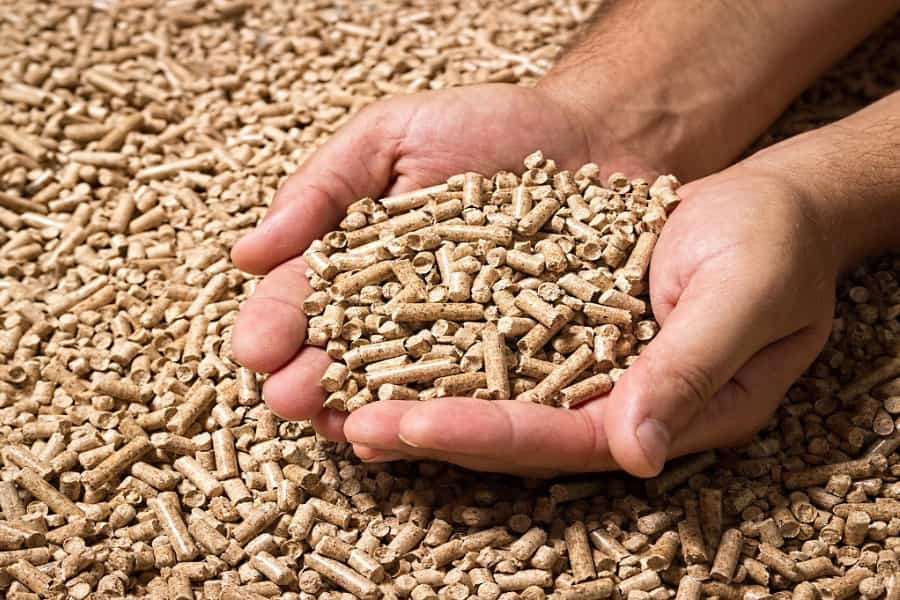The first refinery of medicinal plants in the country
With more than 8,000 plant species, Iran is one of the richest countries in the world in the field of medicinal plants. North Khorasan province, with its diverse climate and suitable climatic conditions, is one of the potential hubs for the production of medicinal plants in the country. However, the lack of modern processing infrastructure has caused a significant part of these plants to be exported raw or destroyed due to the lack of proper storage and processing methods.
Due to the increasing need of the pharmaceutical, cosmetics and food industries for extracts and active compounds of medicinal plants, the establishment of the first modern refinery of medicinal plants in North Khorasan province can play a vital role in the transformation of this industry, increase productivity and create high added value in this field.
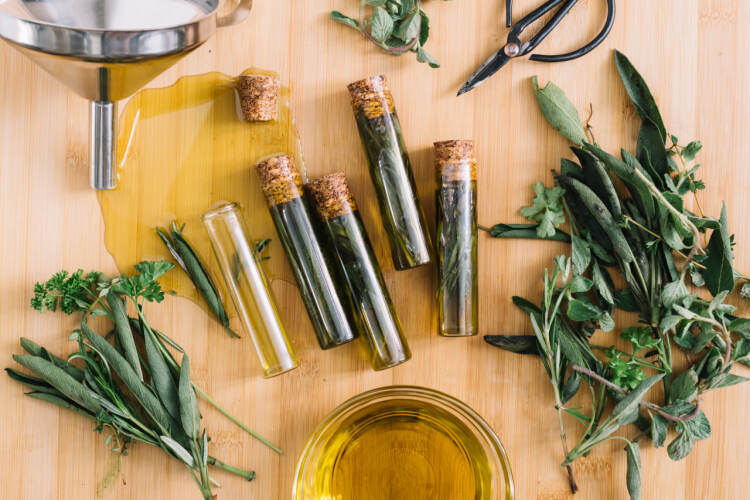
1. The necessity of setting up a medicinal plants refinery
* Increasing the productivity of the country's medicinal plants
* Preventing the raw sale of medicinal plants and converting them into finished products
* Increasing the quality and standardization of herbal products for domestic and export markets
* Creating sustainable employment and economic development in the region
* Reducing the country's dependence on imports of plant extracts and active compounds
Currently, many of the herbal products needed by the pharmaceutical and cosmetic industries in Iran are imported. This refinery can meet domestic needs and turn Iran into one of the main players in the medicinal plants industry in the region.
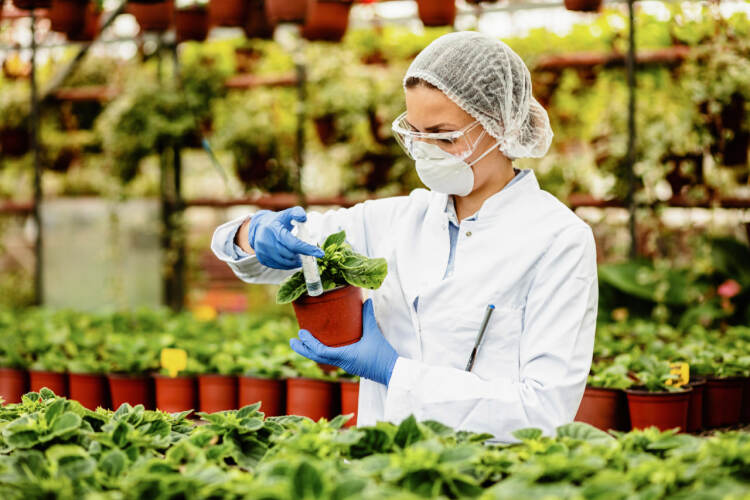
2. Capacity and different parts of the refinery
Production Capacity:
* Annual processing of more than 5,000 tons of medicinal plants
* Extraction and production of more than 100 types of plant extracts and active compounds
* Production of various products for the pharmaceutical, cosmetics and food industries
Main parts of the refinery:
1. Plant Active Ingredient Extraction and Extraction Unit
2. Distillation and separation unit of active plant compounds
3. Drying and processing unit of medicinal plants
4. Natural Essential Oil Production Unit
5. Packaging and standardization unit of plant products
6. Research and Development (R&D) unit to optimize processes and develop new products
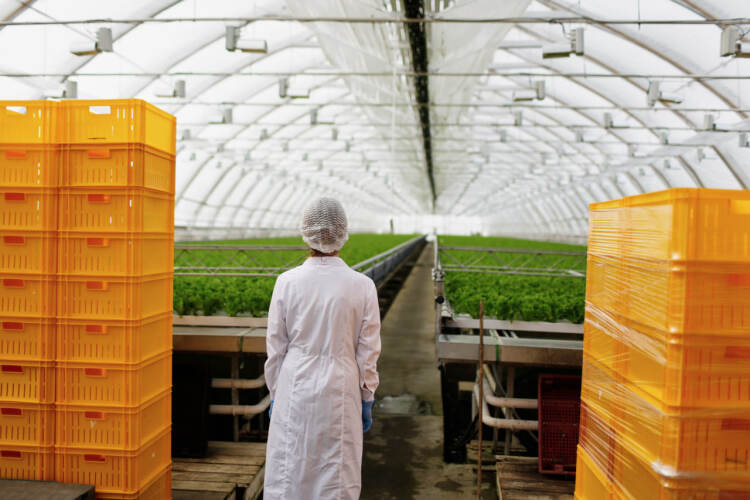
3. Details of processing in different parts of the refinery
3.1. Plant Extraction and Extraction Unit
* Extraction of active compounds from medicinal plants by modern methods such as solvent extraction, water, steam and ultrasound
* Maintaining the quality of the active ingredients using controlled temperature and optimized processes
* Application in the production of herbal medicines, dietary supplements and cosmetic products
3.2. Distillation and Separation of Active Plant Compounds
* Extraction of Volatile Oils and Aromatic Compounds from Medicinal Plants
* Production of Natural Essential Oils for Food, Cosmetics and Pharmaceutical Industries
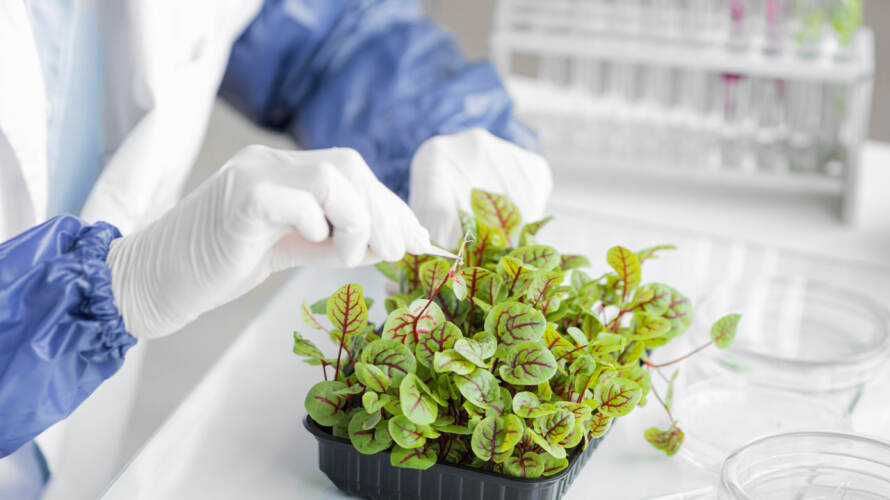
3.3. Drying and Processing Unit of Medicinal Plants
* Using modern drying technologies to preserve the healing properties of plants
* Standard packaging and storage to avoid quality loss
3.4. Natural Essential Oil Production Unit
* Extraction of high-purity essential oils for application in various industries
* Processing of aromatic plants such as lavender, rosehip, chamomile, mint and thyme

4. Economic and industrial advantages of livestock refinery
4.1. Reducing Waste and Increasing Productivity
* Converting all livestock components into marketable products, reducing waste of resources
* Increasing the income of livestock farmers through complete processing of livestock
4.2. Reducing Dependence on Imports and Developing Exports
* Import Replacement of Gelatin, Blood Powder, Suture Thread and Processed Leather
* Increasing the export of packaged meat products
4.3. Job Creation and Regional Development
* Direct and indirect employment for hundreds of people in the region
* Development of livestock processing industry in the country
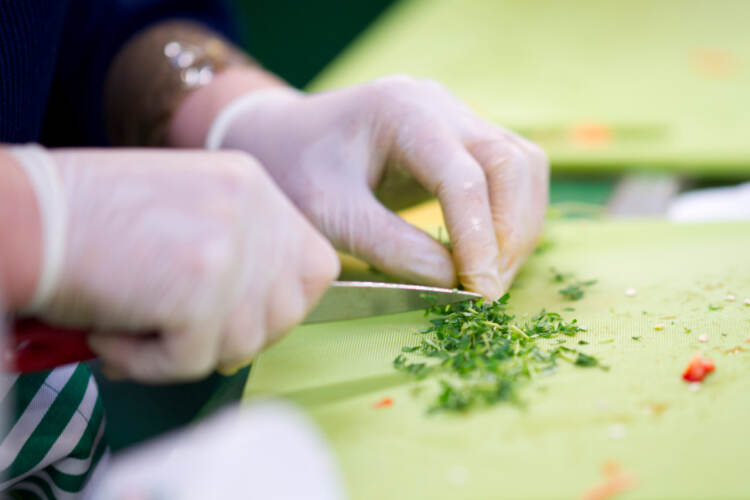
5. Potential Challenges and Solutions
Challenges:
* Problems of supplying live animals for daily slaughter
* The need for a high initial investment to set up the refinery
* Development of export markets for livestock by-products
Solutions:
* Creating a supply chain for light and heavy livestock from domestic livestock farmers
* Attracting public and private investment to finance the project
* International Marketing and Cooperation with Exporting Companies
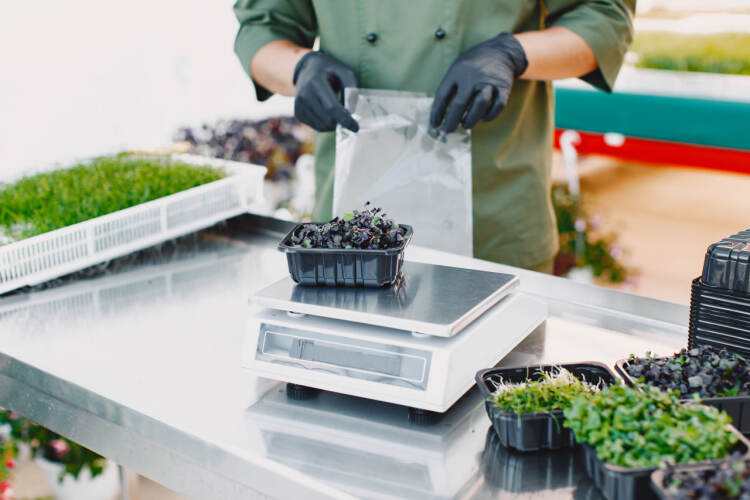
Conclusion
The light and heavy livestock refinery with a capacity of 1,000 light livestock and 100 heavy livestock is a national project in order to modernize the livestock industry, increase productivity and reduce livestock waste. The production of high-value-added by-products such as gelatin, suture thread, blood powder, leather and sausages, and sausages, not only supplies the domestic market, but also has a high capacity for export.
This refinery can be an industrial model for other regions of the country and contribute to the sustainable development of the animal husbandry and animal processing industry.
With the implementation of this project, Iran can become one of the main players in the region in the production of meat products and by-products.
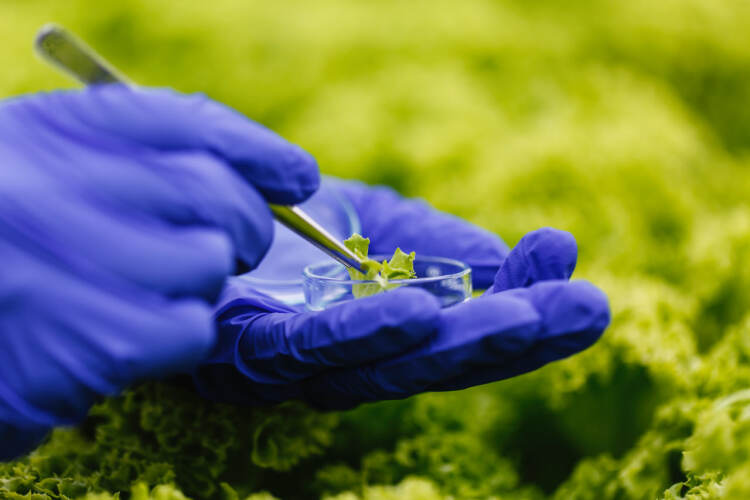
Silk Road New, relying on the knowledge of Iranian elites and utilizing domestic capacities, aims to create a sustainable transformation in the country’s economy. It always considers food security and sustainable development as its main priorities.
About the Company


Follow us on social media!!
Menu
Contact Us



